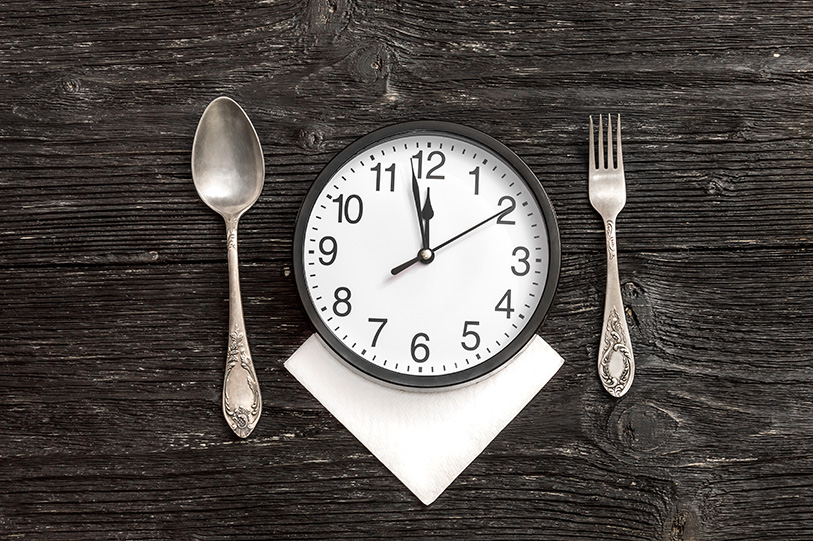Are meal break requirements determined by the total length of an employee’s shift, or by the number of hours the employee actually works?
Meal break requirements in California are determined by the number of hours an employee actually works each day. The length of the employee’s assigned shift may be longer than the number of hours actually worked in a few situations.
Basic Meal Break Requirements
First, let’s take a look at the basic meal break requirements for nonexempt employees in California:
- An employee who works more than five hours is required to take to an unpaid meal break of at least 30 minutes. The employer and employee can mutually agree to waive the meal break so long as the employee works no more than six hours.
- A second 30-minute meal break is required if the employee works more than 10 hours. However, that second meal break may be waived by mutual consent so long as the employee works no more than 12 hours and as long as the first meal break of the day was actually taken.
Shift Length vs. Hours Worked
Confusion over meal break requirements can arise when comparing shift length to hours worked. When calculating hours worked, we look at the total shift length and subtract out any unpaid meal periods or other time off.
Consider the following example:
Joe is scheduled to work from 8 a.m. to 6:15 p.m., which is 10 hours and 15 minutes. Because Joe is scheduled for more than six hours, he of course must take at least one 30-minute meal break. But since Joe’s shift is 10 hours and 15 minutes long, is he then entitled to a second meal break? The answer is no; since Joe actually worked only nine hours and 45 minutes because he took a 30-minute meal break.
The law looks to how many hours the employee actually worked, not the total number of hours of the assigned shift. It’s important to remember though that all required 10-minute rest breaks do count as time worked for calculating meal break requirements, even though employees are not working during their rest breaks.
Another situation that sometimes causes confusion is where an employee takes time off during the day, such as for a medical appointment, and uses paid leave time:
Jane regularly works an eight-hour day from 8 a.m. to 4:30 p.m., and normally takes a half-hour lunch around noon. If Jane was planning to leave work at noon for a medical procedure and use sick leave for the rest of the day, she would not be entitled to a meal break because she would be working less than five hours. Although Jane would be paid eight hours for the day (four hours worked plus four hours of sick leave) she would not actually work enough hours to trigger the meal break requirement.
It’s important to note that there are exceptions to these general meal break requirements in certain industries, such as health care and construction, as well as under some collective bargaining agreements.
Ellen Savage, HR Adviser, CalChamber
CalChamber members can read more about Meal Breaks in the HR Library. Not a member? Learn more about how HRCalifornia can help you.


